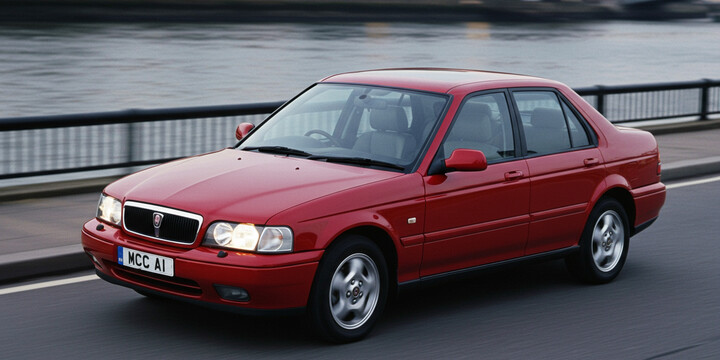
ROVER 75 (1999-05)
The ROVER 75 (1999-05) is a classic British executive car that's well-known for its stylish design and comfortable driving experience. Sitting firmly within the executive saloon segment, it offers a blend of sophistication, practicality, and solid build quality. Popular among families, commuters, and those looking for a reliable and comfortable car, the ROVER 75 is often used for daily driving, long-distance journeys, and even as a company car. Its reputation for smooth handling and refinement makes it a standout choice in the used car market.
With over 4,800 lookups on MyCarCheck.com and a diverse range of data, the ROVER 75 (1999-05) is recognized for its durability and enduring appeal. It’s particularly suitable for drivers seeking a vehicle with a good balance of performance and comfort, while its classic design remains attractive for enthusiasts and first-time buyers alike. Known for its spacious interior and traditional comfort, the ROVER 75 competes well with other executive cars of its era and continues to be a respected choice for those seeking a reliable, stylish used vehicle.

average use
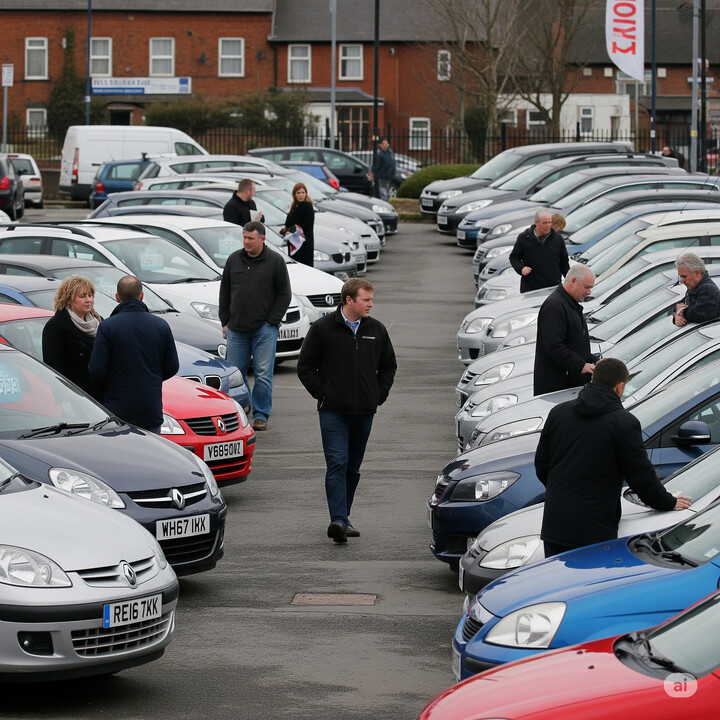
The data indicates that the majority of recent mileage readings for Rover 75 (1999-05) vehicles fall within the 50,000 to 110,000 mile range, especially between 50,000 and 60,000 miles (11.4%) and 90,000 to 100,000 miles (9.2%). Notably, there are small percentages of vehicles with extremely high mileages exceeding 200,000 miles, including around 230,000 to 240,000 miles (0.4%) and even above 900,000 miles (0.4%), which suggests some models have achieved remarkable longevity. Conversely, very low mileage readings under 10,000 miles are quite rare (0.7%), indicating most vehicles have seen significant use. Overall, the distribution reflects a typical mixture of vehicles with moderate mileages, with a few outliers reaching very high mileages.

vehicle values
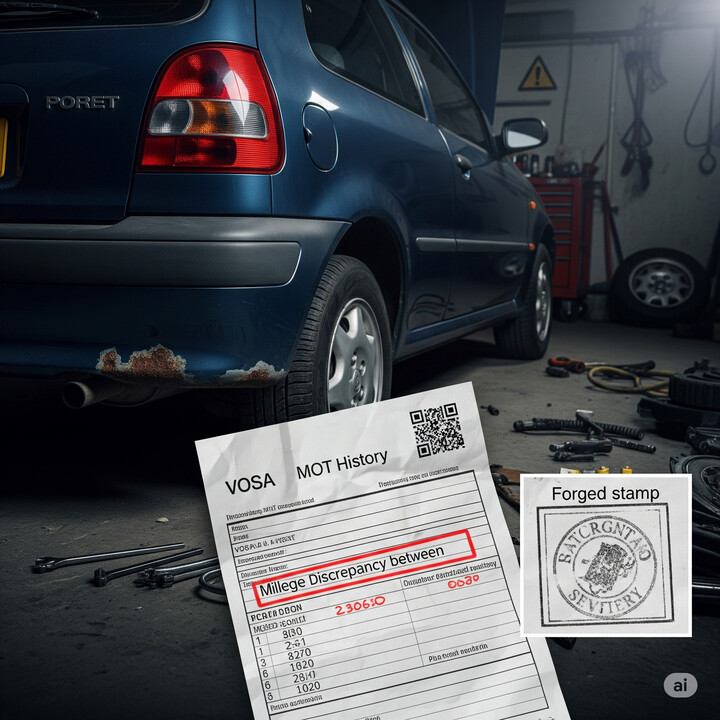
The data indicates that nearly all private sale valuations for ROVER 75 (1999-05) vehicles fall within the £0 to £1,000 range, accounting for approximately 98.9% of sales. Only a small fraction, about 1.1%, are valued between £1,000 and £2,000. This suggests that these vehicles primarily have low private sale prices, likely reflecting their age and condition, with very few valuations exceeding the £1,000 mark.

production years
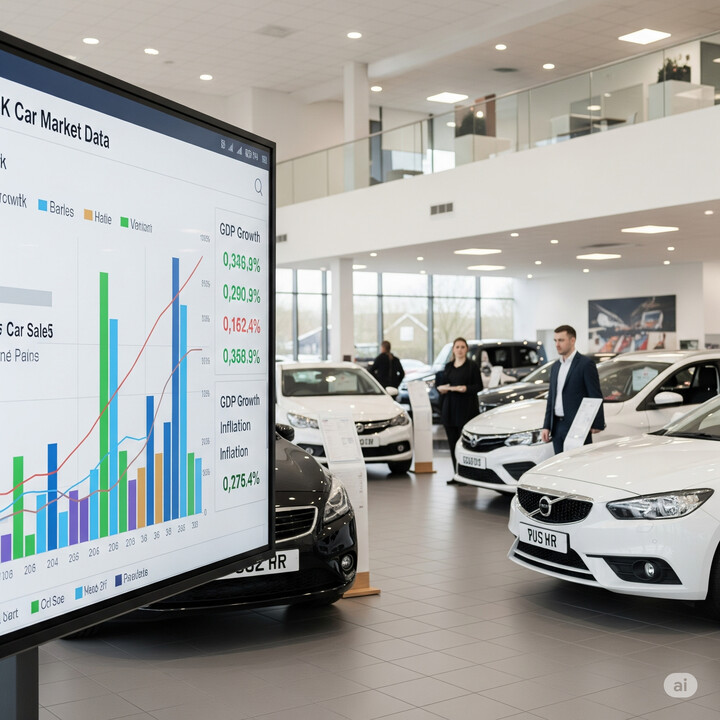
The data for the Rover 75 (1999-2005) indicates that the most common year of manufacture within the sample is 2003, accounting for approximately 24.6% of the vehicles. Other notable years include 2004 at 21% and 2002 at 15.8%. Less frequently, vehicles were manufactured in 2005 (16.9%), 2001 (14.7%), and 2000 (7%). This distribution suggests a higher concentration of vehicles from the early to mid-2000s, with a significant peak around 2003, which may reflect production trends or popularity during that period.

colour popularity
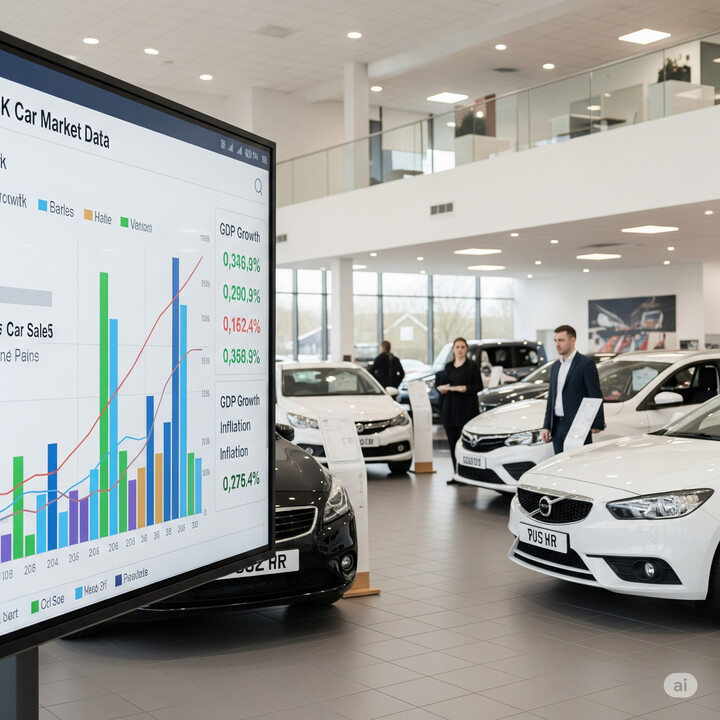
The data shows that the most popular main paint colour for Rover 75 (1999-05) vehicles is blue, accounting for approximately 32.4% of the sample. Following that, silver and red are also common, representing 19.1% and 15.8% respectively. Notably, a small proportion (around 0.4%) features unique or combined colours such as red/white and bronze, indicating some limited special or custom finishes. Overall, the colour distribution suggests a preference for traditional and versatile hues, with blue being the dominant choice among owners.

ownership cycle

The data shows that for the Rover 75 (1999-05), the majority of vehicles have had between 3 and 6 registered keepers, with 20.6% having five keepers and 19.9% having four. Notably, only a small percentage (1.1%) have had just a single keeper or as many as fifteen; the most common number of keepers is five. The distribution suggests that these vehicles tend to change hands a few times over their lifespan, indicating moderate levels of ownership turnover.

engine choices

The data for Rover 75 (1999-2005) vehicles reveals that the most common engine capacity is 1951cc, accounting for approximately 51.8% of vehicles, followed by 1796cc at 21%. Smaller engine sizes, such as 1390cc, are rare, representing only 0.4%. Regarding fuel types, the fleet is fairly evenly split between diesel (52.9%) and petrol (46.7%), with a minimal 0.4% running on petrol and gas. Overall, the most prevalent configuration appears to be petrol vehicles with a 1951cc engine capacity.












